Polygon Network Architecture, Ecosystem and Performance
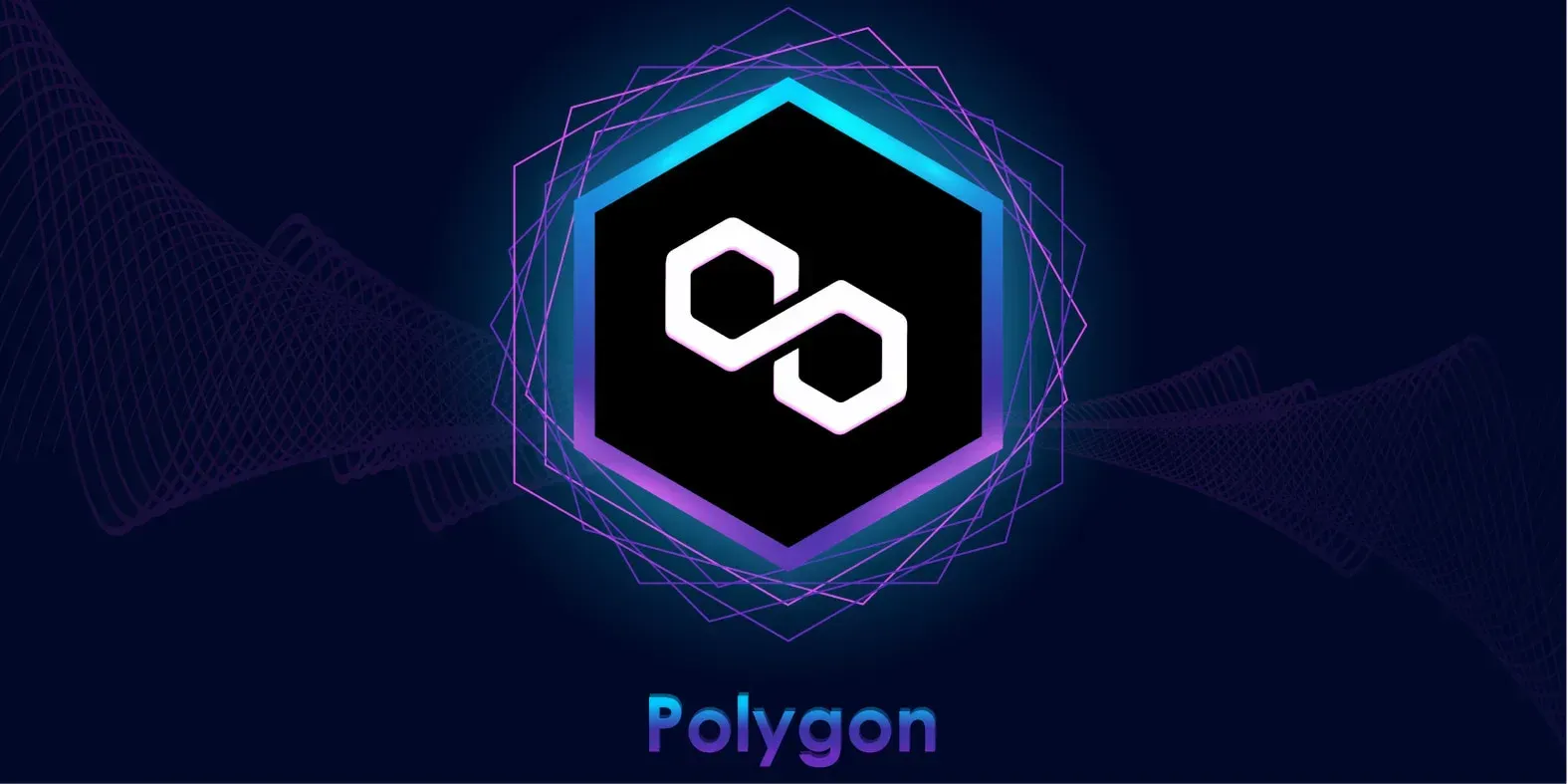
The Polygon network, built on the Ethereum blockchain network, was created to lessen the limitations that come with the Ethereum blockchain such as high transaction fees and low throughput. The Polygon network offers a specialized framework that addresses significant development challenges on Ethereum's platform.
In more recent times, Ethereum has had a huge influx of new users. The growth of Ethereum has therefore had a positive impact on the crypto market but it has also displayed some of its more noticeable limitations. For example, decentralized applications along with transaction costs have become significantly more expensive. This can have a huge impact on people wanting to use Ethereum-based decentralized finance protocols and NFT marketplaces, or even for transfers across the network. Ethereum 2.0 will offer solutions to such problems through Ethereum's mainchain upgrades.
Polygon Network Architecture
Polygon is separate from the MATIC blockchain that launched on Ethereum. Rather than being a side chain, Polygon's recent blockchain is created as a commit chain. Unlike side chains that rely on their own validators for network security, commit chains make use of Ethereum's validators for security. This basically combines the benefits of scalability that side chains offer with the network security of Ethereum into one chain that developers can then take advantage of.
Two different types of chains can be built within the Polygon ecosystem. These are Stand-Alone Chains and Secured Chains. In contrast to Secured chains, Stand-Alone chains are more flexible but less secure as they can have their own consensus models. Secured chains can therefore either be secured by Ethereum, or Polygon's own validators, i.e., making them more secure but less flexible. Having such options provides developers with more choice, as they can either mix or match certain scaling features rather than being given only one option.
The Ethereum Layer
Polygon chains can have Ethereum as the base layer, where a set of Ethereum smart contracts can be in charge of functions like finality, staking, dispute resolving and messaging between ETH and Polygon chains. These chains can then also make use of Ethereum's security, i.e., being more secure but less flexible.
Security Layer
Polygon provides the "validator as a service" function through the security layer. This allows validators to recurrently check the validity of any Polygon chain for a fee. Different entities with different characteristics can implement multiple instances within this layer which is fully abstract. As such, this layer is more flexible in comparison to the Ethereum layer but slightly less secure.
Polygon Networks Layer
This layer is made up of sovereign blockchain networks, each of which can maintain central functions such as transaction collation and block production. These networks serve their respective communities and therefore are suitable for building projects on Polygon.
Execution Layer
The execution layer is responsible for the execution of transactions that are issued within the Polygon ecosystem. It consists of two sublayers that are called execution environment and execution logic. The execution environment is a pluggable virtual machine implementation. The execution logic, on the other hand, is the state transition of a specific Polygon network and is normally written as Ethereum smart contracts.
Polygon improves Ethereum scaling through its unique structure that also includes backwards compatibility. It overcomes many barriers by preserving security and elevating the user experience.
QuickSwap
Based on Polygon Layer 2 scalability infrastructure, QuickSwap is a next-gen decentralized exchange that allows users to make transactions that are both fast and cheap on over 100 trading pairs. QuickSwap launched in March of 2021 and since then it has become one of the most active Polygon projects.
PolyMarket
PolyMarket is an informative market platform that went live in June 2020 and is a betting platform for highly debated topics or events. These events are traded between values ranging from $0.00 to $1.00 which represent the likelihood of an event occurring according to the users involved. For example, if the answer "yes" is valued at $0.76 then that means that the users involved believe that there is 76% of an event occurring. This has resulted in PolyMarket becoming an accurate prediction model where users can earn for being right.
Games
Blockchain-based gaming is faster and better now with Polygon's Layer 2 sidechain scaling in the mix. In general, blockchain gaming tends to lag behind traditional PC and console gaming systems as a result of poor transaction speed and high network latency. But Polygon's Commit Chain scaling technology combined with the Ethereum network allows both developers and gamers to build and play games more efficiently. Since the market for NFTs is thriving, Polygon's ability to enhance the blockchain gaming experience could not arrive at a better time.
Polygon Network Performance
Last year, there was an exponential jump in the number of unique addresses on the Polygon network. From 120,000 addresses to over 35,000,000 addresses were recorded during an eight-month period that displayed growth of about 28,000%.
Similarly, to the jump in unique addresses, the number of daily active users also increased exponentially during the eight-month period. Consequently, at the start of 2021, the daily active users were roughly 750, which then drastically changed to 192,000 on 8/1, i.e., representing total growth of 25,000%.
Due to such dramatic growth, Polygon has dwarfed Ethereum's daily transaction numbers, coming to almost four times as many transactions in a day. Despite that, the gas fees are relatively cheaper in comparison, amounting to just under $40,000 per day, which is a stark contrast to Ethereum's $21 million.
Polygon's scalability will likely gain even more attraction as Ethereum continues to become more and more congested. With high transaction speed blended in with the security of Ethereum, Polygon’s exponential growth since it came out should not come as a surprise.
Polygon has a lot more to offer through its ambitious roadmap. The platform has acquired a tremendous amount of support since its launch, and therefore it has the resources to fulfil its promises. Moreover, its decentralized app infrastructure is made very accessible for developers to make new projects. That being said, it is likely that the platform will continue to grow and develop so that it eventually turns its hopes into a reality; of turning Ethereum into an 'Internet of Blockchains.
Don't forget to follow us @cryptonezo to stay updated with the latest blockchain and cryptocurrency news.

Financial Crime Investigator & AML Specialist. Crypto Educator NFT Marketing & Crypto Promoter DeFi & Web 3.0 Content Writer
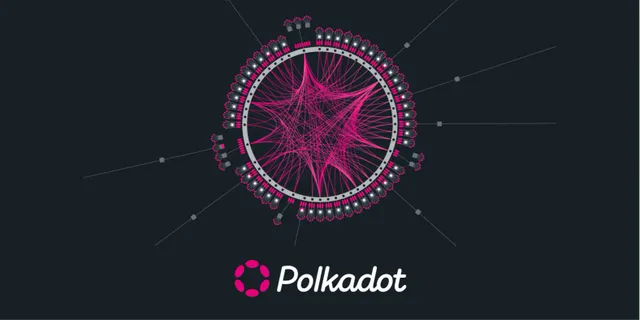
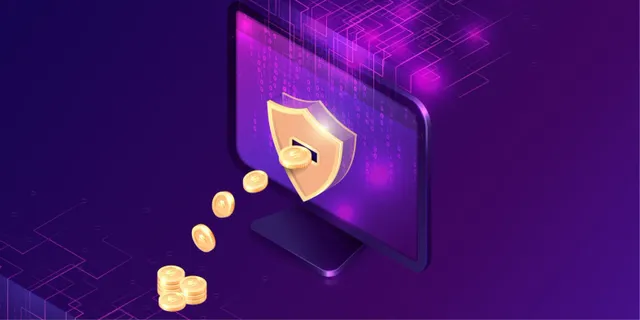
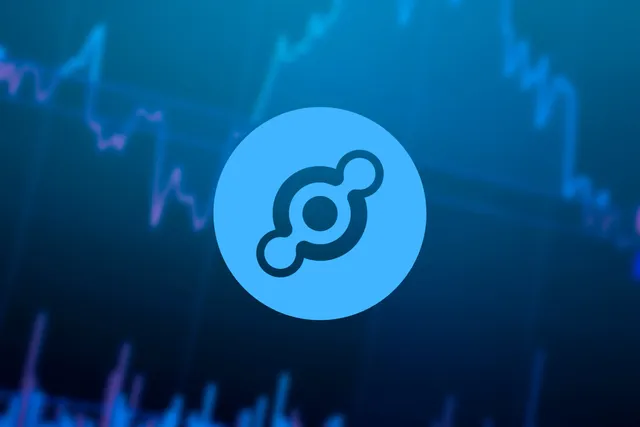
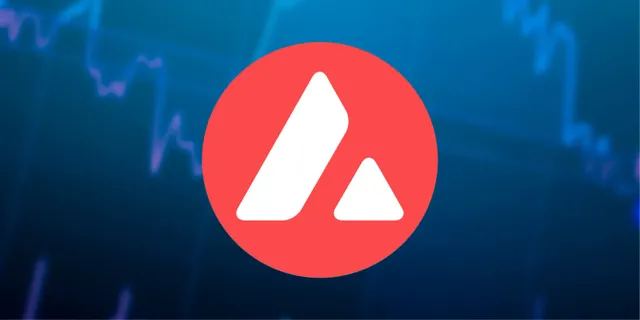

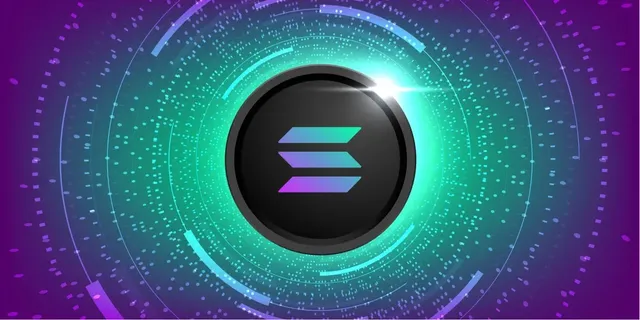
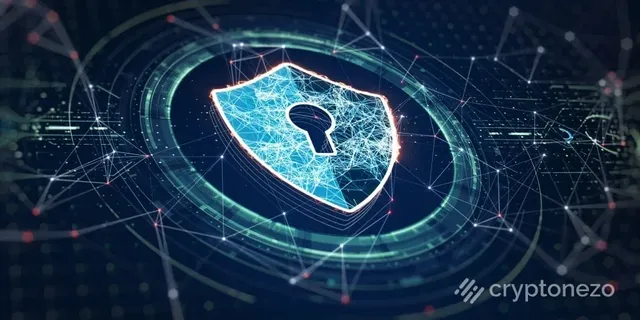
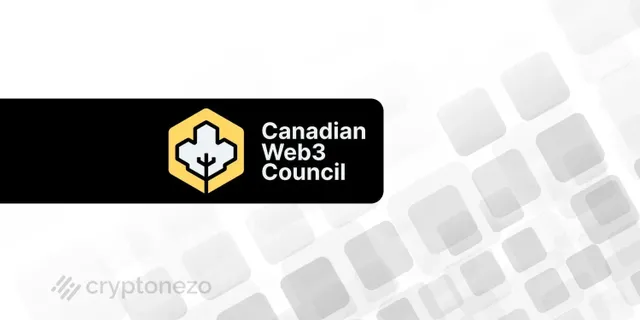
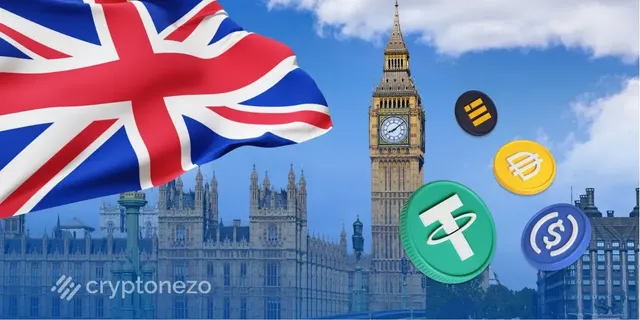
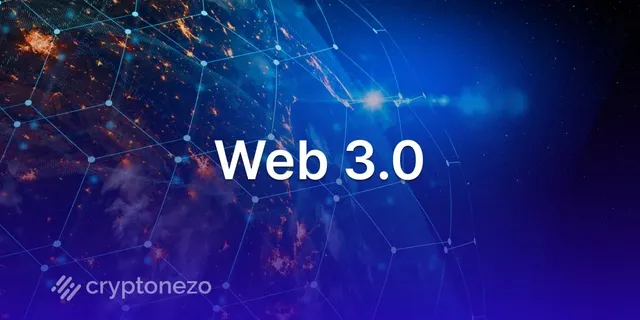


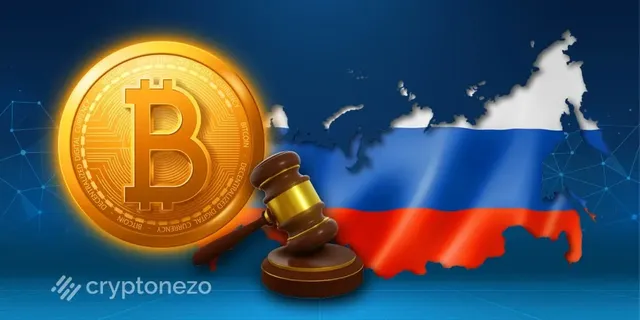
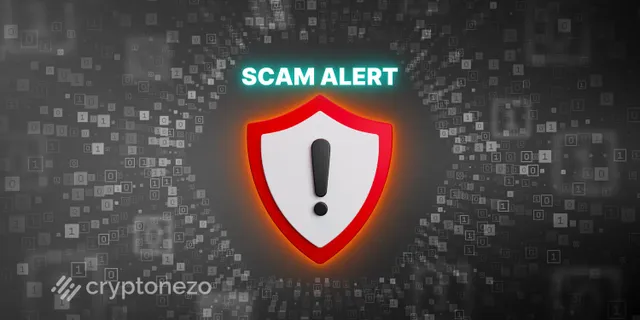


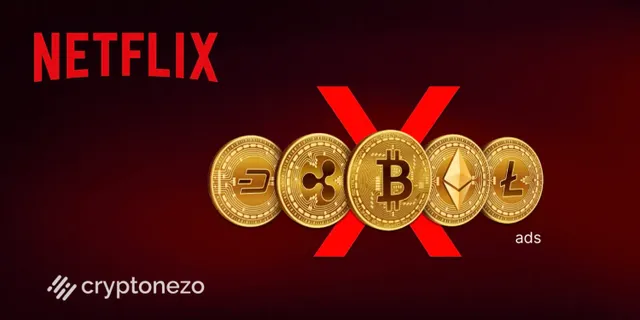
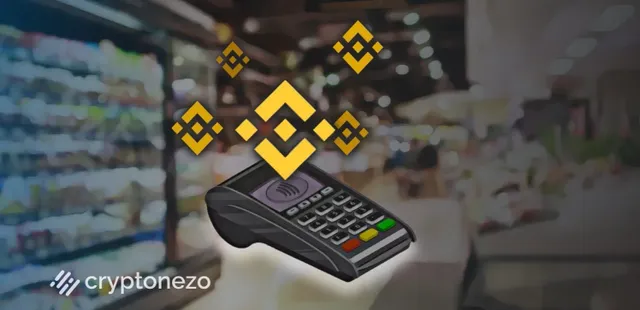
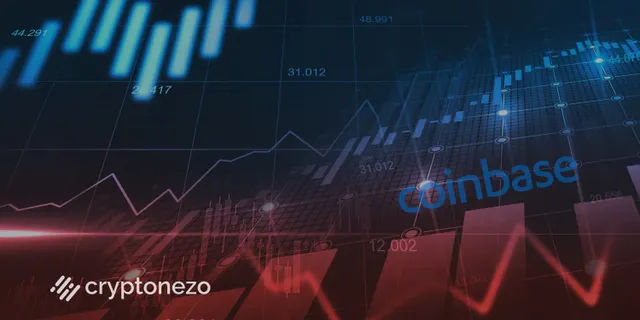
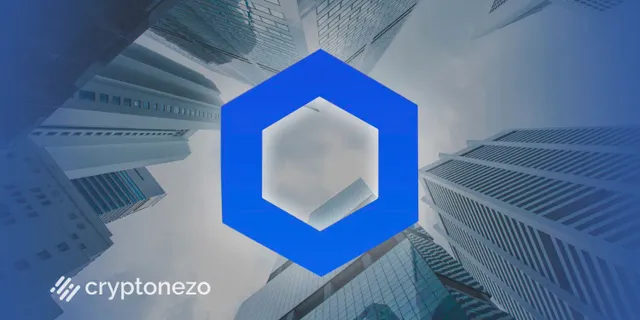
.webp)